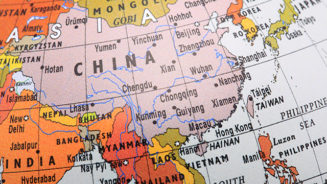Asset managers are, by inclination, more positive about the equity markets than most others. “Those predicting the Chinese slowdown and the oil price decline will trigger a global recession need to provide better evidence and explanation of how this would happen to persuade us that they are right,” said Steven Andrew, manager of the M&G Episode Income Fund.
Is it 2008 again?
“It is sentiment, not facts, driving the market sell-off. Investors are overly fearful, partly because the memory of 2008 still lingers,” he adds. And that is exactly the point. January 2016 looks scarily similar to January 2008.
As you can see on the graphs, equity markets showed an almost identical trajectory at the start of both years, and responded to similar triggers as they are doing now. Like now, in early 2008 US growth was slowing from above-average levels, but a recession still seemed a long way off.

|

|
While the full extent of the problems facing the US housing market were not yet known, the significance of declining industrial production in the US now possibly doesn’t get the attention it deserves. As Richard Buxton, head of UK equities at Old Mutual Global Investors, rightly pointed out in a note published on Monday: “Never before have we seen such a rate of deceleration in US manufacturing without an accompanying recession.”
The only considerable difference is the direction of the Fed’s monetary policy. While it has now just embarked on a rate hiking cycle, the Fed which had started lowering rates in autumn 2007, cut them by a further 75 basis points on 22 January. This produced an equity market rebound similar to the one triggered by Mario Draghi’s dovish comments on Thursday, only for equity markets to then trade sideways until June, before the Great Financial Crisis unfolded.
Whether or not a similar situation will unfold this time around remains to be seen, but there are good reasons to cautious.




